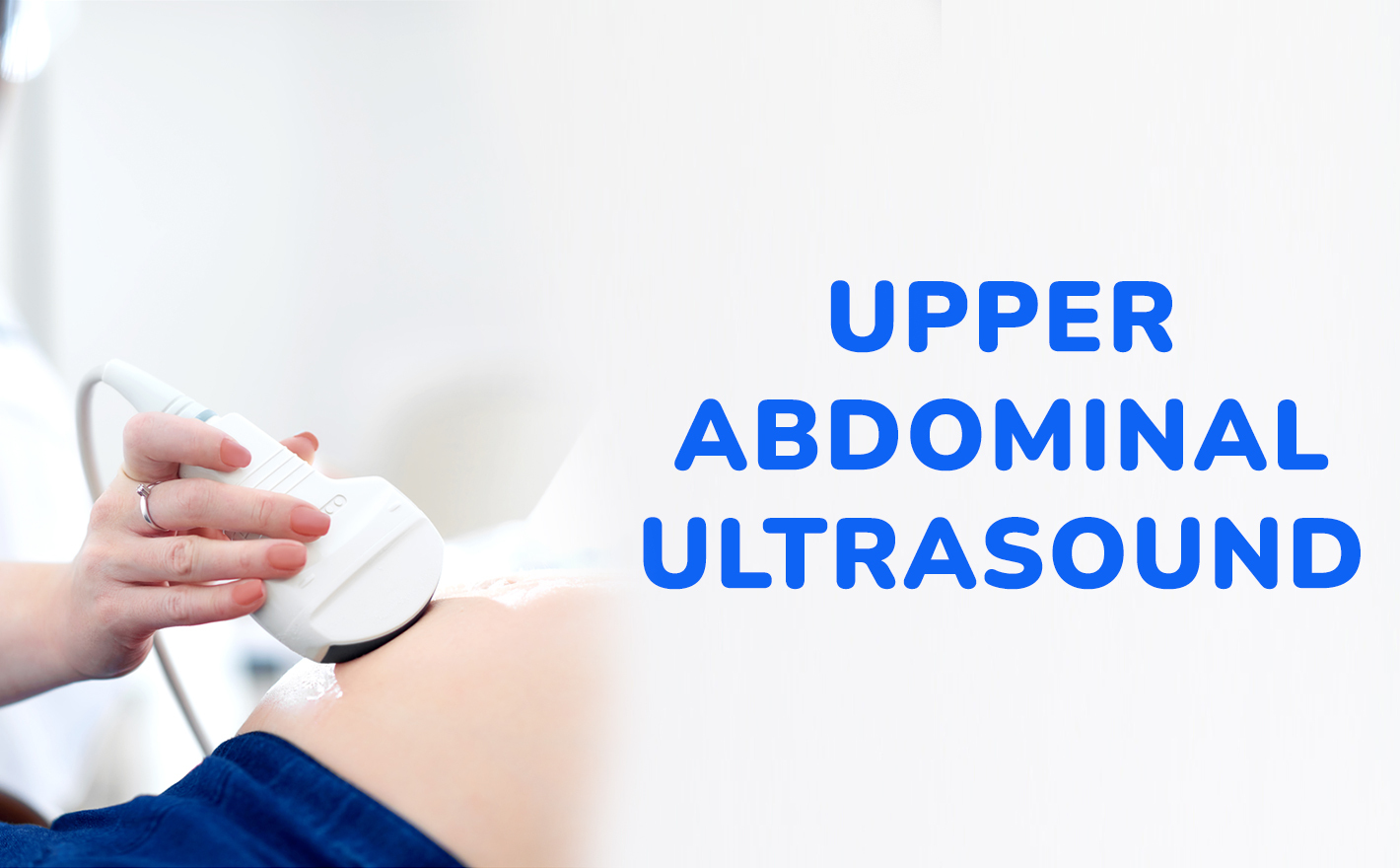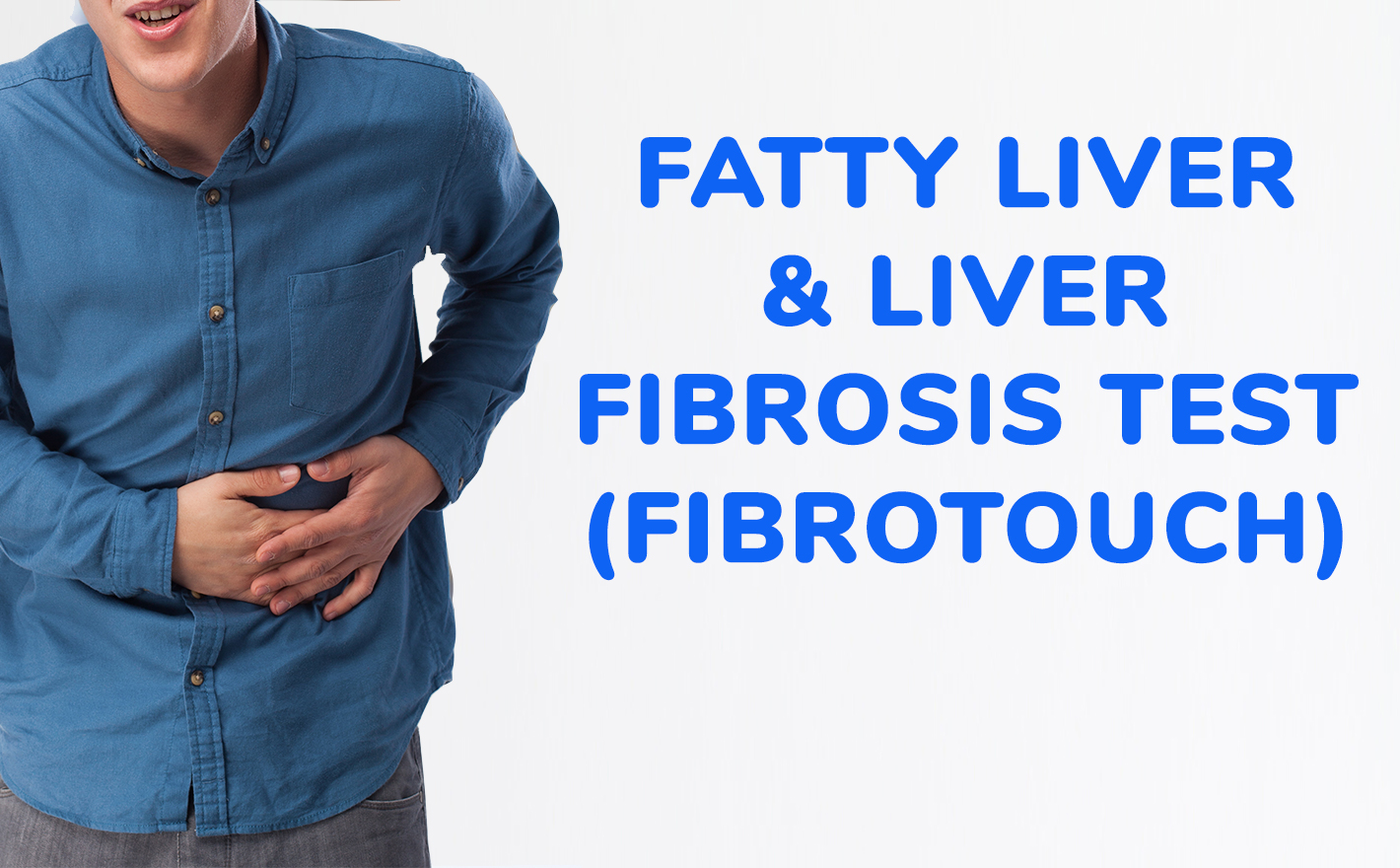LifeCare Diagnostic Medical Centre
April 4, 2019
Non-Alcoholic Fatty Liver Disease, as the name implies, is a liver disease where there is increased amount of fat deposited in liver cells.
It consists of a spectrum of conditions and they are as stated below:
While it is hard to say why some people develop fatty liver while others are spared, and why some fatty liver progresses to inflammation and fibrosis while some do not, a few of the following factors have been linked to increased risk of developing NAFLD :
There are hardly any signs and symptoms at early stages, but for some, they may experience:
As the disease progresses and worsens to cirrhosis, there will be yellowing of skin and white of eyes, abdominal swelling, leg swelling, dilated superficial small vessels around chest area, confusion, memory loss and etc.
About 20% of non-alcoholic steatohepatitis will progress to cirrhosis



Making healthy lifestyle choices is an important step in addition to regular medical check-ups.
For more information, please call us at +603-2241 3610 or email us at info@lifecare.com.my
KKLIU 1600/2021
Life Care Diagnostic Medical Centre Sdn. Bhd. 200401034597 (673106-V)
Bangsar South
WhatsApp: 0122343610
1st Floor, Wisma Lifecare,
No. 5, Jalan Kerinchi, Bangsar South,
59200 Kuala Lumpur
Cheras South
WhatsApp: 01127213620
19A-2 & 19B-2, Block E, Kompleks Komersil Akasa,
Jalan Akasa, Akasa Cheras Selatan,
43300 Seri Kembangan, Selangor
Operating Hour:
Monday – Friday: 8.00am – 5.00pm
Saturday: 8.00am – 1.00pm
Sunday & Public Holidays: Closed
